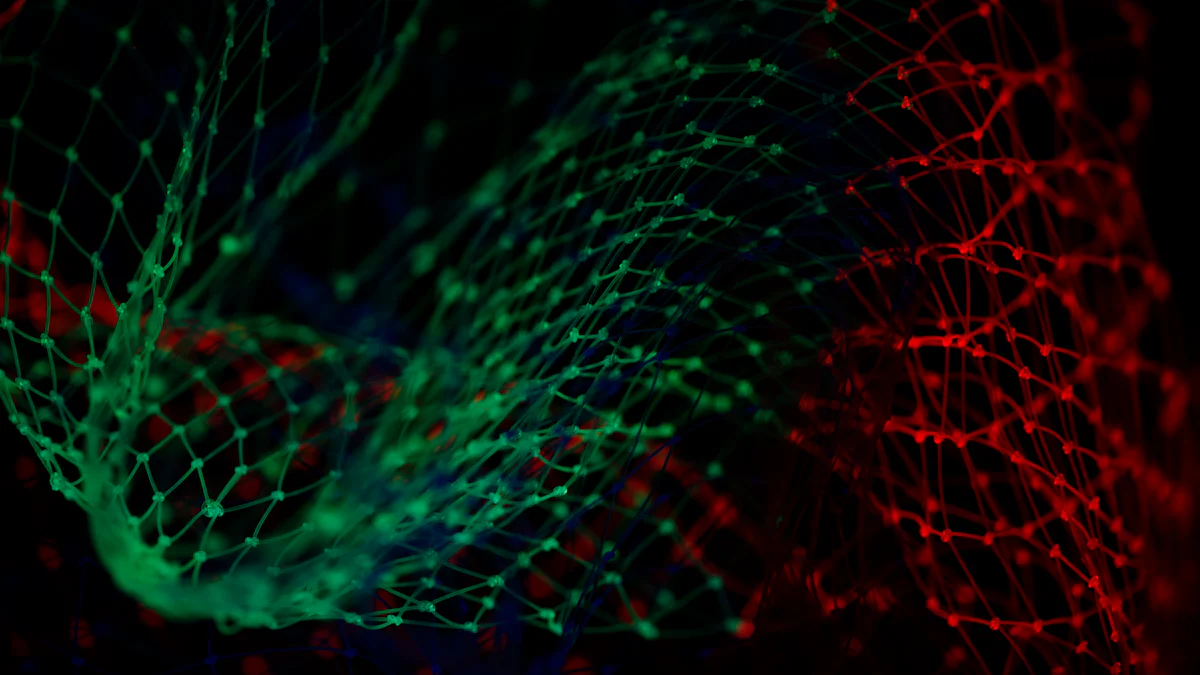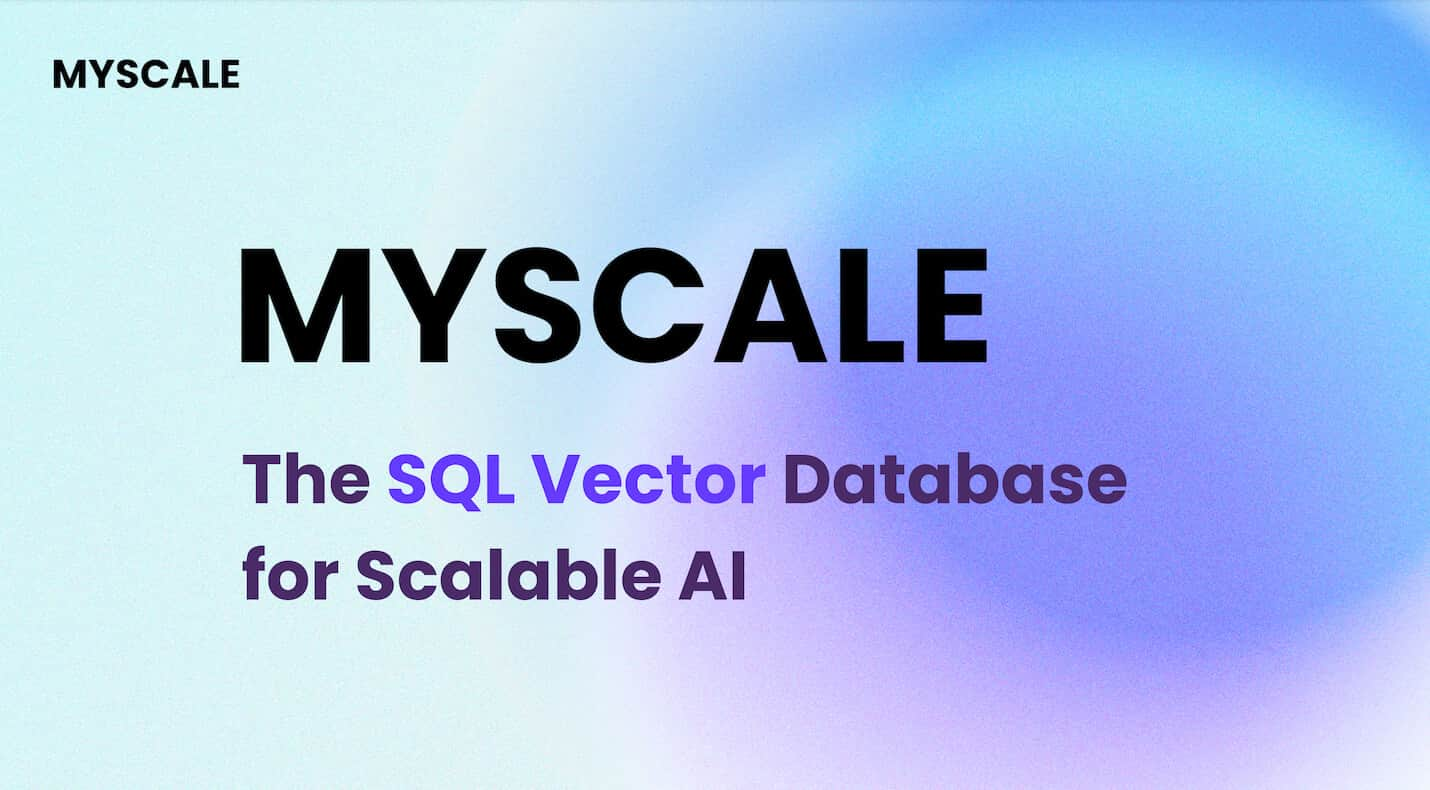
Diffusion models are a revolutionary technology in machine learning, offering a unique approach to generating new, high-quality data samples. Their significance lies in the ability to create state-of-the-art images (opens new window), sounds (opens new window), and more by progressively adding noise to existing datasets. By finding reverse Markov transitions (opens new window), these models excel in supervised learning (opens new window) tasks without human annotations. This blog explores the magic of diffusion models in transforming data generation processes and their pivotal role in advancing AI capabilities.
# Diffusion Models Overview
Diffusion Model Theory Summary
Basic concepts
Diffusion models encompass a range of generative models (opens new window) that transform data by gradually adding noise. These models are designed to estimate probability distributions from noisy data, offering a unique approach to data generation.
Markov transitions
In the realm of diffusion models, Markov transitions play a crucial role in understanding how data evolves over time. By capturing the relationship between different states in a dataset, these transitions enable the modeling of complex data distributions (opens new window).
Process of Diffusion Models
Forward Diffusion (opens new window)
The process of forward diffusion involves progressively adding noise to a data point until it reaches a state of pure noise. This step-by-step transformation is fundamental in generating new and diverse samples from existing datasets.
Reverse Diffusion
Contrary to forward diffusion, reverse diffusion focuses on finding the inverse transformations that maximize the likelihood of the training data (opens new window). By unraveling the noise added during forward diffusion, reverse diffusion reconstructs high-quality data samples.
Denoising Diffusion Probabilistic Models (opens new window)
Stable Diffusion (opens new window)
Stable diffusion refers to the ability of diffusion models to maintain stability and coherence while generating new data samples. This ensures that the generated outputs remain consistent and realistic throughout the process.
Training methods
Training diffusion models involves optimizing parameters to enhance their ability to capture intricate patterns in the data. Through iterative learning processes, these models refine their representations, leading to improved performance in various tasks.
# Applications and Benefits
# Diffusion Models for Image Generation
Diffusion models showcase their prowess in image generation, leveraging their ability to model complex data distributions (opens new window). By gradually adding noise to existing datasets, these models generate high-quality images that exhibit remarkable clarity and detail. Through the process of forward diffusion, where noise is incrementally introduced to data points, diffusion models excel in creating diverse and visually appealing images. This innovative approach to image generation opens up new possibilities in art, design, and visual content creation.
# Image Search
Image search capabilities are enhanced through the application of diffusion models. These models enable efficient retrieval of relevant images based on similarity metrics, providing users with accurate and tailored search results. By analyzing the underlying patterns within images (opens new window), diffusion models streamline the image search process, making it easier to find specific visuals or related content.
# Reverse Image Search (opens new window)
In addition to image search, reverse image search benefits significantly from diffusion models. By reversing the diffusion process and reconstructing original images from noisy representations, these models facilitate reverse image searches with precision and accuracy. Users can now identify similar or matching images across the web by leveraging the unique capabilities of diffusion models.
# Diffusion Graph Applications (opens new window)
The versatility of diffusion graph applications extends beyond image generation to encompass a wide range of data-driven scenarios. By leveraging graph structures and data generation techniques, these applications offer insights into complex relationships and connectivity patterns within datasets. Diffusion graph models represent a powerful tool for analyzing networks, predicting trends, and simulating dynamic processes in various domains.
# Graphs and Data Generation
Graphs play a crucial role in understanding data distribution patterns and relationships between entities. With diffusion models, graphs are utilized for efficient data generation processes that capture intricate dependencies within datasets. By simulating interactions between nodes and edges, these models generate realistic graphs that mirror real-world scenarios with precision.
# Generative Models
Generative models, powered by diffusion techniques, revolutionize data synthesis by producing high-fidelity samples across different domains. Leveraging the principles of forward and reverse diffusion processes, generative models create diverse outputs that closely resemble authentic data distributions. From text generation to music composition, these models drive innovation in creative fields by enabling the seamless creation of original content.
# Supervised Learning with Diffusion Models
The integration of supervised learning with diffusion models enhances training data quality while offering numerous benefits in machine learning tasks. By utilizing labeled data generated through score-based diffusion modeling, supervised learning algorithms achieve higher accuracy levels and improved generalization capabilities. The synergy between supervised learning principles and diffusion techniques paves the way for advanced machine learning applications with enhanced predictive performance.
# Training Data
Training data plays a pivotal role in optimizing model performance and ensuring robust training outcomes. With diffusion models, training data undergoes a transformational process where noise is strategically added to enhance model learning dynamics effectively. This approach not only improves model robustness but also enables more accurate predictions on unseen data instances.
# Benefits in Machine Learning
The adoption of diffusion models in machine learning environments brings forth a myriad of benefits that elevate algorithmic performance and predictive accuracy. These benefits include enhanced interpretability of model predictions, improved generalization capabilities across diverse datasets, and increased resilience against overfitting issues. By harnessing the power of diffusion techniques in supervised learning settings, machine learning practitioners can unlock new avenues for innovation and advancement in AI technologies.
# Future Directions
# Potential Advancements
Diffusion models continue to pave the way for new applications and improved algorithms in the realm of machine learning. As these models evolve, they unlock innovative possibilities for data generation and analysis, driving advancements across various domains.
New Applications
The versatility of diffusion models extends beyond image generation, offering novel solutions in diverse fields. From music composition to text synthesis, these models revolutionize creative processes by generating high-fidelity samples with remarkable clarity and detail.
By leveraging the principles of forward and reverse diffusion processes, new applications emerge in content creation, data visualization, and predictive modeling. These cutting-edge solutions harness the power of diffusion techniques to produce authentic outputs that mirror real-world data distributions.
Improved Algorithms
The ongoing development of diffusion algorithms focuses on enhancing model performance and scalability. By optimizing training methods and parameter settings, researchers aim to improve the efficiency and accuracy of diffusion models in capturing complex data patterns.
Advanced algorithms like eDiff-I ensemble of Diffusion Models (opens new window) outperform state-of-the-art models like DALL-E2 and Stable Diffusion Model. These advancements highlight the continuous progress in refining diffusion techniques to achieve superior results in image quality and interpretability.
# Challenges and Solutions
Despite their remarkable capabilities, diffusion models face challenges related to data quality and computational resources. Addressing these challenges is crucial for maximizing the potential of diffusion models in practical applications.
Data Quality
Ensuring high-quality training data is essential for optimizing model performance and generalization capabilities. By integrating robust data preprocessing techniques, practitioners can enhance the quality and diversity of datasets used for training diffusion models.
Comparison of different players of diffusion models reveals key differences that impact model interpretability and performance. Understanding these nuances allows researchers to refine data collection strategies and improve model outcomes effectively.
Computational Resources
The computational demands of training large-scale diffusion models pose a significant challenge for researchers. To overcome this hurdle, innovations in parallel computing architectures are essential for accelerating model training processes.
State-of-the-art image quality (opens new window) achieved by diffusion models underscores their importance in cutting-edge AI applications like DALL-E 2 (opens new window). By optimizing computational resources through efficient algorithms, researchers can unlock new possibilities for advancing machine learning technologies.
Understanding the transformative power of Diffusion Models (opens new window) is essential for harnessing their capabilities in generating high-quality data samples. These models offer a conceptually simple and elegant approach (opens new window) to data generation, playing a crucial role in cutting-edge applications like image synthesis and text generation. By leveraging probabilistic techniques (opens new window), Diffusion Models establish a baseline understanding of 'normal' data patterns, enabling the recognition of anomalies effectively. Their impact across various domains highlights the significance (opens new window) of these models in expanding training sets and enhancing machine learning model performance.



